3D display

 Products
Products
 3D display
3D display
Glasses-free 3D Display
Overdigm's 3D display does not need a pair of glasses and offers a broad angle of vision, so the contents appear 3D even when
you are watching them with a large group of people.
The display can be customized from 17” to up to 280” and you can adjust the distance to watch the 3D contents most confortably.
Compact
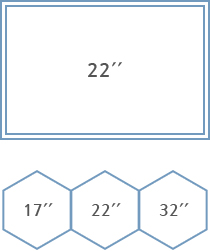
- Model : OD 0220PSL-E01A
- Resolution : 1920 x 1080
- Drive System : LVDS
- Contrast Ration(COS) : 700:1
- 3D Display View Point : 4, 10VP
- Screen Size: 22´´
- Display Area : 478.064 x 268.769
- Luminance Of White(2D ): 500(Typ.)
- Response Time : 8ms
- 3D Viewing Distance : 3m(2.5~5m)
Mid-Sized
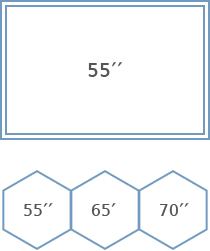
- Model: OD 0550PSL-E01A
- Resolution: 3840 x 2160
- Drive System: V-Byr-One
- Contrast Ration(COS): 1200:1
- 3D Display View Point: 10VP
- Screen Size: 55´´
- Display Area: 1209.6 x 680.4
- Luminance Of White(2D ): 500(Typ.)
- ResponseTime: 6ms
- 3D Viewing Distance: 5m(2.5~10m)
Large-Sized
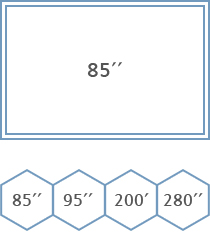
- Model: OD 0980PSL-E01A
- Resolution: 3840 x 2160
- Drive System: V-Byr-One
- Contrast Ration(COS): 3000:1
- 3D Display View Point: 10VP
- Screen Size: 85´´
- Display Area: 1872 x 1053
- Luminance Of White(2D): 1000(Typ.)
- Response Time: 6ms
- 3D Viewing Distance: 7m(3.5~15m)
Comparison of Overdigm's Barrier and Other Company's Film Barrier & Lenticular
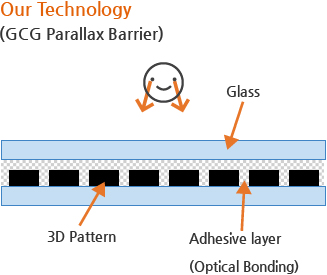
- Higher productivity compared to other companies' 3D system (70~90% or higher)
-
The pattern is printed directly onto glass without film for
high permeability. - Printed directly onto glass for high productivity.
- Broad angle of vision (up to 150°)
-
Other products compromises resolution and luminance in
proportion to the number of points of view, but our patented
technology allows two times higher brightness compared to them. - Almost no heat deformation (may be applied to large-sized panels).
- Both surfaces are made of glass for easy maintenance.
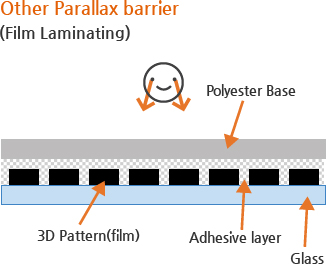
-
When the barrier film is laminated onto the glass,
the yield is very low due to shrinkage and porosity (30~50%). - Low permeability due to the film material (90% or higher for glass and 73% for film).
- Lower resolution according to the number of points of view.
- Lower luminance according to the number of points of view.
- Difficult to clean and maintain due to the film's shrinkage, contamination, and scratch.
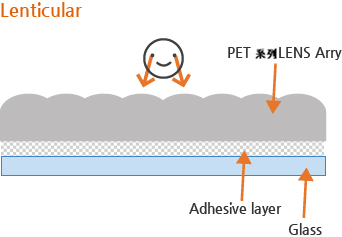
- Low productivity of Lenticular sheet (generally 30%).
- The wavy pattern on the barrier causes severe fatigue for the eyes.
- Narrow angle of vision (less than 90°).
- Severe heat deformation (difficult to increase size).
- The surface is uneven, so it is easily contaminated and
difficult to remove dust and clean.

